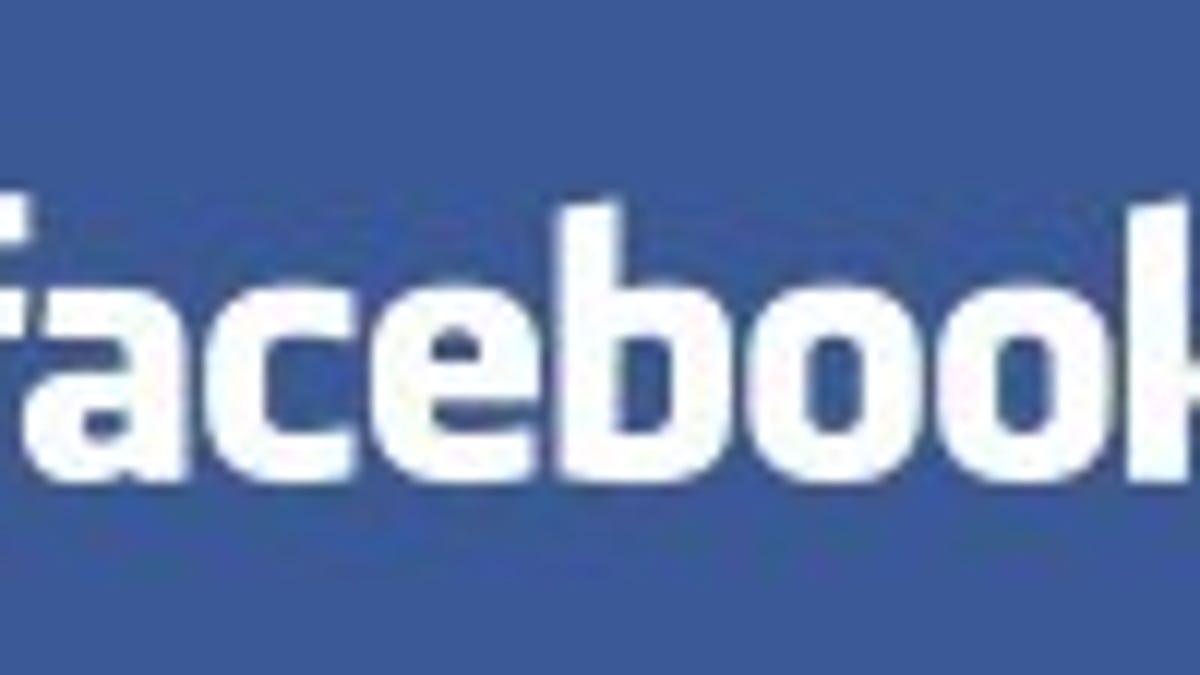Facebook to promote new U.K. safety app
Britain's online child-safety agency had wanted Facebook to install a mandatory "panic button" throughout the site. The social network disagreed, but is promoting the agency's app and fan page.

Though it has successfully resisted pressure to install a mandatory "panic button" on users' home pages, Facebook has permitted the U.K.'s Child Exploitation and Online Protection Centre (CEOP) to build an app for its platform that members of the social-networking site can use to report online abuse directly to CEOP or seek advice about potential dangers of the Web.
Called ClickCEOP, the app has been released following negotiations and eventually a partnership with Facebook. On Tuesday, U.K.-based Facebook members between the ages of 13 and 18 will see an ad on the site that encourages them to install it--the same way that they would install any other third-party Facebook app. CEOP also has a new "fan page" with resources geared toward young Facebook users in the U.K.
While Facebook had been resistant to CEOP's campaign, the company confirmed to CNET on Monday that it had never actually blocked or prohibited a third-party "panic button" app, a conclusion that could easily be jumped to. Also, the app was not officially launched by Facebook, though the social network has endorsed it and will help spread the word about it.
"There is no single silver bullet to making the Internet safer but by joining forces with CEOP we have developed a comprehensive solution which marries our expertise in technology with CEOP's expertise in online safety," Joanna Shields, Facebook's vice president for the EMEA (Europe, Middle East, and Africa) regions, said in a joint release Monday. "Together we have developed a new way of helping young people stay safe online and backed this with an awareness campaign to publicize it to young users."
This spring, CEOP had been pressuring Facebook to install a mandatory "panic button" for U.K.-based members to access the digital equivalent of an emergency hotline, but the social network disagreed at first and said that its existing resources for reporting abuse and threats were sufficient. Facebook had just revamped its "Safety Center" with CEOP-specific recommendations, but had stopped short of the actual "panic button." Currently, there's a small "Report Abuse" link on all profiles, and the Safety Center already linked to child safety authorities including CEOP.
At the time, a CNET opinion piece by digital safety expert Larry Magid summarized some of the arguments against adding said "panic button"--"Like so much of the early Internet safety messaging, it implies that kids are in immediate danger of life and limb, which simply is almost never the case. The number of young people who have been harmed by a stranger they met online is extremely low and, even in those few tragic cases, the victim has always willingly met up with the abuser."
Yet this had been a major issue for CEOP and its CEO Jim Gamble, who said in the release Monday that "we know from speaking to offenders that a visible deterrent could protect young people online." CEOP had also been encouraging other social networks, like the News Corp.-owned MySpace and Bebo, which was then owned by AOL (and where Joanna Shields had been CEO before leaving and eventually joining Facebook, though she had left by the time Bebo installed the CEOP buttons). Both of those sites had added the CEOP button late in 2009.
Facebook--which, with nearly 500 million members around the world, faces increasing scrutiny from governments and officials around the world--has compromised instead.

